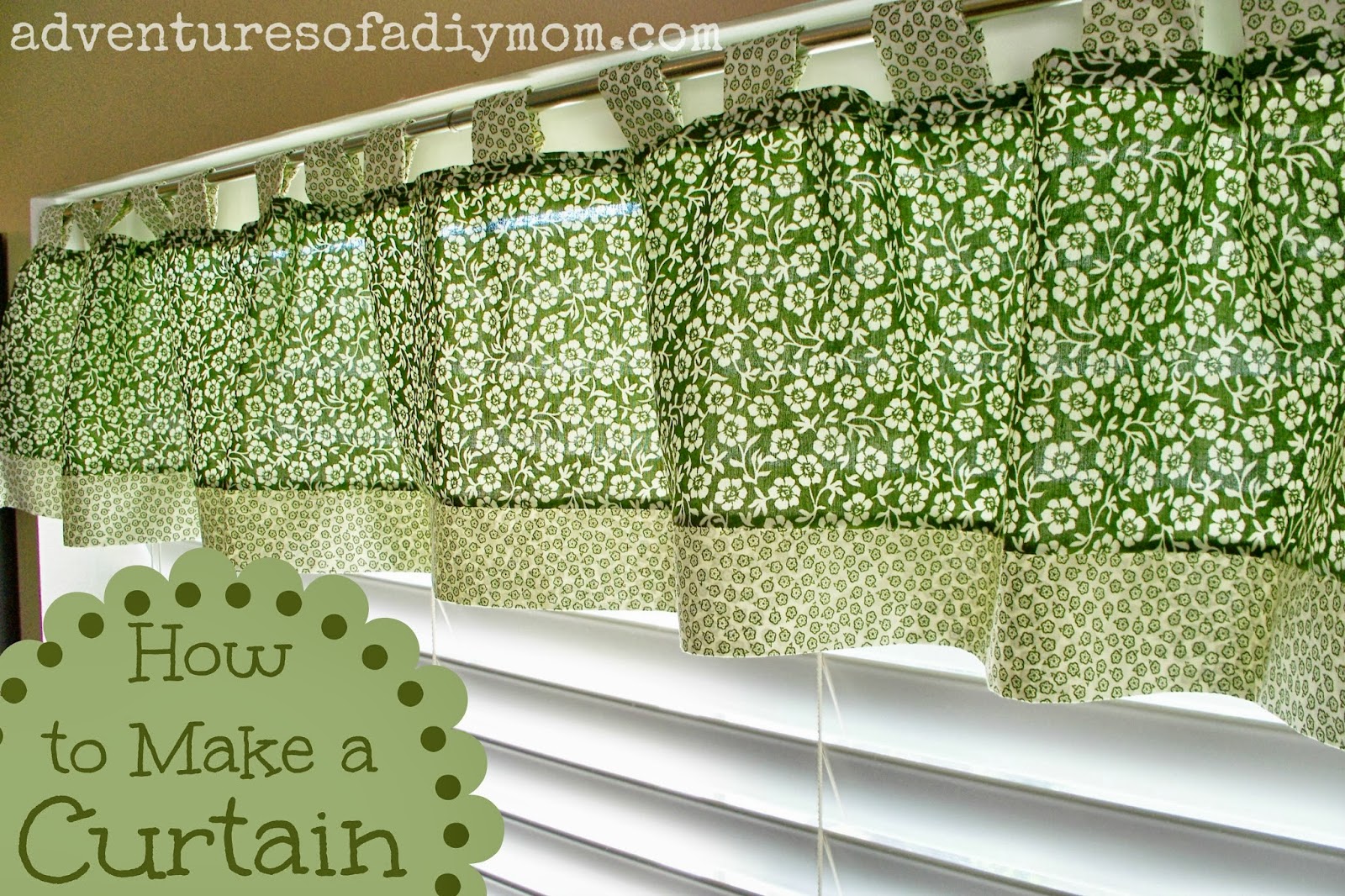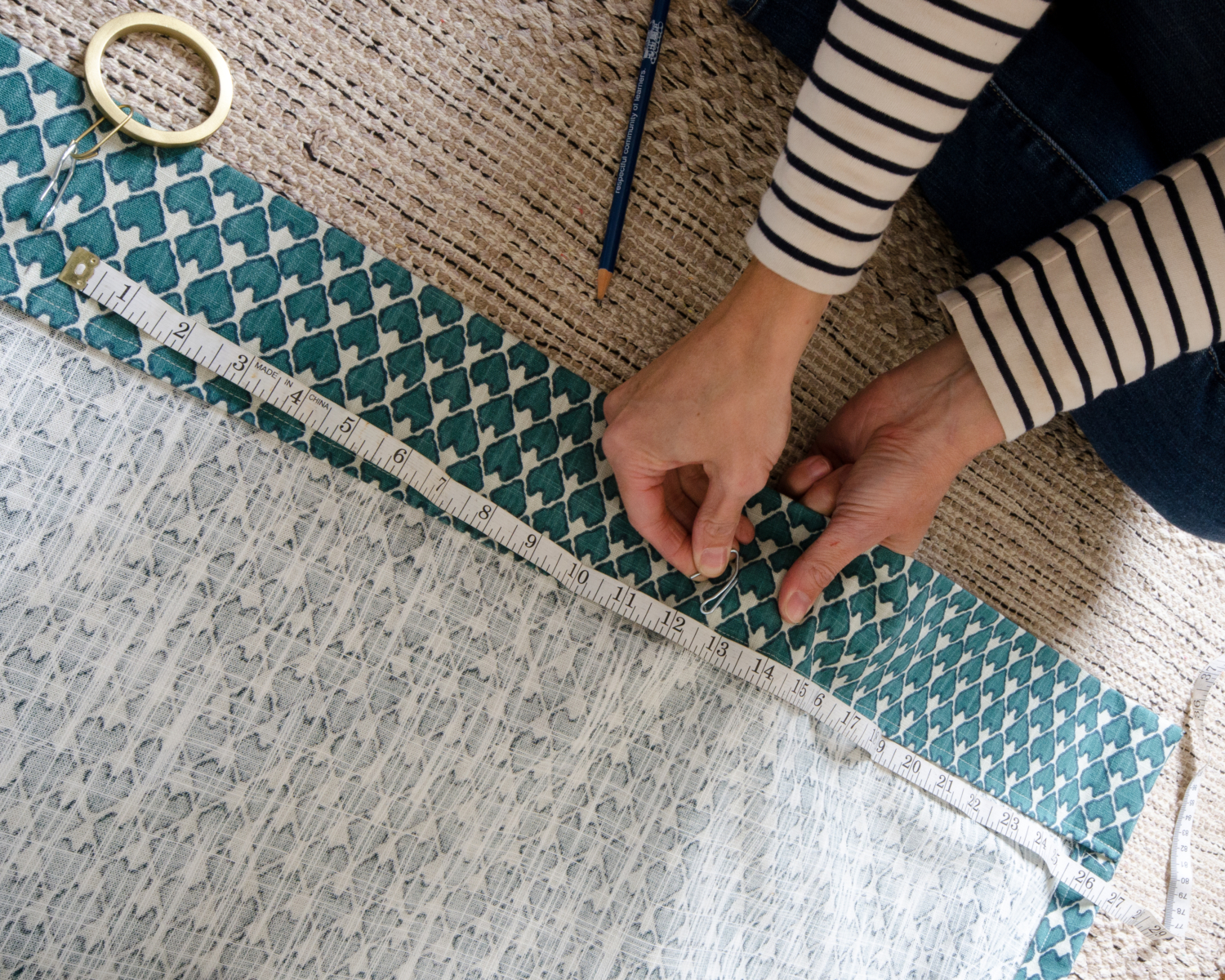Choosing the Right Bathroom Curtains

Bathroom curtains are more than just a decorative element; they serve a vital purpose in creating a functional and aesthetically pleasing space. They offer privacy, control moisture, and add a touch of style to your bathroom. Choosing the right curtains can transform your bathroom from a mundane space to a sanctuary.
Types of Bathroom Curtains
Bathroom curtains come in a variety of materials, each with its own set of advantages and disadvantages. The three most common types are vinyl, fabric, and shower curtains.
- Vinyl curtains are durable and waterproof, making them ideal for high-moisture environments. They are also easy to clean, as they can be wiped down with a damp cloth. However, vinyl curtains can be less aesthetically pleasing than fabric curtains and may not provide the same level of privacy.
- Fabric curtains offer a wider range of styles and designs, adding a touch of elegance to your bathroom. They are also more comfortable to the touch than vinyl curtains. However, fabric curtains require more care and maintenance, as they need to be washed regularly to prevent mildew and mold growth.
- Shower curtains are specifically designed for use in showers and are typically made from waterproof materials such as plastic or vinyl. They are highly effective in preventing water from splashing outside the shower area. However, shower curtains can be less aesthetically pleasing than fabric or vinyl curtains and may not offer the same level of privacy.
Choosing the Right Fabric
The type of fabric you choose for your bathroom curtains will depend on your bathroom size, lighting, and desired style.
- For small bathrooms, lightweight fabrics like cotton or linen are ideal, as they won’t overwhelm the space. These fabrics also allow natural light to filter through, making the bathroom feel more spacious.
- For larger bathrooms, you have more flexibility in terms of fabric choice. You can choose heavier fabrics like velvet or silk to create a luxurious and dramatic look. These fabrics can also help to absorb sound, creating a more peaceful atmosphere.
- If your bathroom has limited natural light, choose light-colored fabrics to brighten up the space. Avoid dark or heavy fabrics, as they will make the bathroom feel even darker.
- If your bathroom has ample natural light, you can choose fabrics in darker colors or patterns to create a more dramatic look.
Measuring for Bathroom Curtains
Accurate measurements are crucial for ensuring your curtains fit perfectly and function as intended. Here’s how to measure for bathroom curtains:
- Determine the length: Measure from the top of the curtain rod to the desired length of the curtains. Consider the floor height and whether you want the curtains to reach the floor or end above it.
- Determine the width: Measure the width of the window or shower area. Add an extra 2-3 inches to each side for fullness and to ensure the curtains hang properly.
Remember, when measuring for bathroom curtains, it’s always better to err on the side of caution and measure a bit more than you think you need. This will ensure that the curtains are long enough and wide enough to cover the entire window or shower area.
Installing Bathroom Curtains: How To Make Bathroom Curtains

Now that you’ve chosen the perfect bathroom curtains, it’s time to get them up! Installing a curtain rod is a relatively simple task, but there are a few things to keep in mind to ensure a secure and stylish installation.
Choosing and Installing the Curtain Rod
Selecting the right curtain rod is crucial for a successful installation. The rod should be sturdy enough to support the weight of your curtains, especially in a humid bathroom environment. You’ll also need to consider the length of the rod and the mounting style.
- Types of Curtain Rods: Bathroom curtain rods are available in various materials, including metal, wood, and plastic. Metal rods are generally the most durable and are often available in a variety of finishes to match your bathroom décor. Wood rods can add a touch of elegance, while plastic rods are more budget-friendly. Consider the weight of your curtains and the overall style of your bathroom when choosing a material.
- Mounting Styles: Curtain rods can be mounted in several ways, including tension rods, brackets, and ceiling mounts. Tension rods are a simple and inexpensive option that don’t require drilling, making them ideal for renters or those who want a temporary solution. Brackets are more permanent and offer a more secure installation, while ceiling mounts are ideal for high windows or rooms with limited wall space.
- Measuring and Marking: Before installing the curtain rod, carefully measure the width of your window or shower area. You’ll need to add an extra 6-12 inches to the measurement to ensure the curtains hang properly and allow for overlap. Mark the wall or ceiling where you want to mount the rod.
- Installing the Rod: Once you’ve chosen your curtain rod and mounting style, follow the manufacturer’s instructions carefully. For tension rods, simply extend the rod to the desired length and twist the ends to secure it. For brackets, use a level to ensure the brackets are mounted straight and use appropriate screws or anchors for your wall type. Ceiling mounts usually involve drilling into the ceiling and securing the mounting plate.
Hanging the Curtains
Now that your curtain rod is installed, it’s time to hang your curtains.
- Types of Curtains: Bathroom curtains come in various styles, including shower curtains, liner curtains, and decorative curtains. Shower curtains are typically made of waterproof materials and are designed to prevent water from splashing outside the shower area. Liner curtains are thin and often transparent, and they are used to provide privacy and add an extra layer of protection from water. Decorative curtains can add a touch of style and personality to your bathroom.
- Hanging Techniques: The way you hang your curtains will depend on the type of curtains and the style of your curtain rod. Most shower curtains come with hooks or rings that easily slide onto a standard curtain rod. For liner curtains, you can use clips or rings, depending on the rod. Decorative curtains often require special hooks or rings that are designed for the specific style of the curtains.
- Creating a Smooth Look: For a polished and professional look, ensure your curtains hang evenly and without wrinkles. You can use a steamer or iron to remove any wrinkles before hanging the curtains. If you are using clips or rings, make sure they are evenly spaced along the curtain rod.
Preventing Sagging and Damage
Bathroom curtains are exposed to moisture and humidity, which can cause them to sag or become damaged over time.
- Choosing Durable Materials: Select curtains made from materials that are resistant to moisture and mildew. Vinyl, polyester, and cotton blends are good choices for bathroom curtains. Avoid materials like silk or linen, which can be easily damaged by moisture.
- Using a Liner: A liner curtain can help protect your decorative curtains from water and moisture. It also helps prevent the curtains from sticking to the shower walls when they are wet.
- Regular Cleaning: Wash your bathroom curtains regularly to prevent the buildup of mildew and dirt. Check the care instructions on your curtains to determine the best way to wash them.
- Allowing Air Circulation: Ensure proper ventilation in your bathroom to prevent moisture buildup. This will help keep your curtains dry and prevent them from becoming damaged.
Styling Bathroom Curtains

Now that you’ve chosen the perfect bathroom curtains and installed them, it’s time to add some personality and style! Bathroom curtains are a fantastic opportunity to express your design aesthetic and create a cohesive look.
Curtain Styles
The style of your bathroom curtains should complement the overall design of your bathroom. Here are some popular styles to consider:
Minimalist
Minimalist bathroom curtains are all about simplicity and clean lines. They often feature solid colors, neutral tones, and simple patterns.
A minimalist bathroom might use white or gray curtains with a subtle geometric pattern.
Modern
Modern bathroom curtains embrace bold colors, geometric patterns, and sleek materials.
Modern bathroom curtains might feature a vibrant geometric pattern, such as a bold chevron or abstract design, or a sleek, solid color in a bright hue like teal or mustard yellow.
Traditional
Traditional bathroom curtains often feature classic patterns and colors, like floral prints, damask patterns, or paisley designs.
A traditional bathroom might use white or cream curtains with a delicate floral pattern or a subtle paisley design.
Eclectic
Eclectic bathroom curtains allow for a mix of styles, patterns, and colors.
An eclectic bathroom might use a bold patterned curtain with a solid-colored valance or a mix of textures and patterns in different colors.
Curtain Length
The length of your bathroom curtains is an important consideration for both functionality and aesthetics.
- Floor-length curtains create a dramatic and elegant look, but they can be difficult to keep clean in a high-moisture environment.
- Curtains that hit the window sill are a more practical option, as they are less likely to get wet and are easier to maintain.
- Short curtains that end above the window sill can be a good option for small bathrooms, as they can make the space feel larger.
Curtain Width
The width of your bathroom curtains will determine how much light they block and how full they appear.
- Fullness refers to how much fabric is gathered at the top of the curtain. More fullness creates a more luxurious and dramatic look.
- Width refers to the overall width of the curtain. A wider curtain will block more light and create a more dramatic look.
Curtain Textures, How to make bathroom curtains
The texture of your bathroom curtains can add a touch of elegance and sophistication to your bathroom.
- Linen curtains are a popular choice for bathrooms, as they are lightweight, breathable, and easy to care for.
- Cotton curtains are another popular choice for bathrooms, as they are soft, absorbent, and relatively inexpensive.
- Silk curtains add a touch of luxury to any bathroom, but they are more expensive and require more care.
